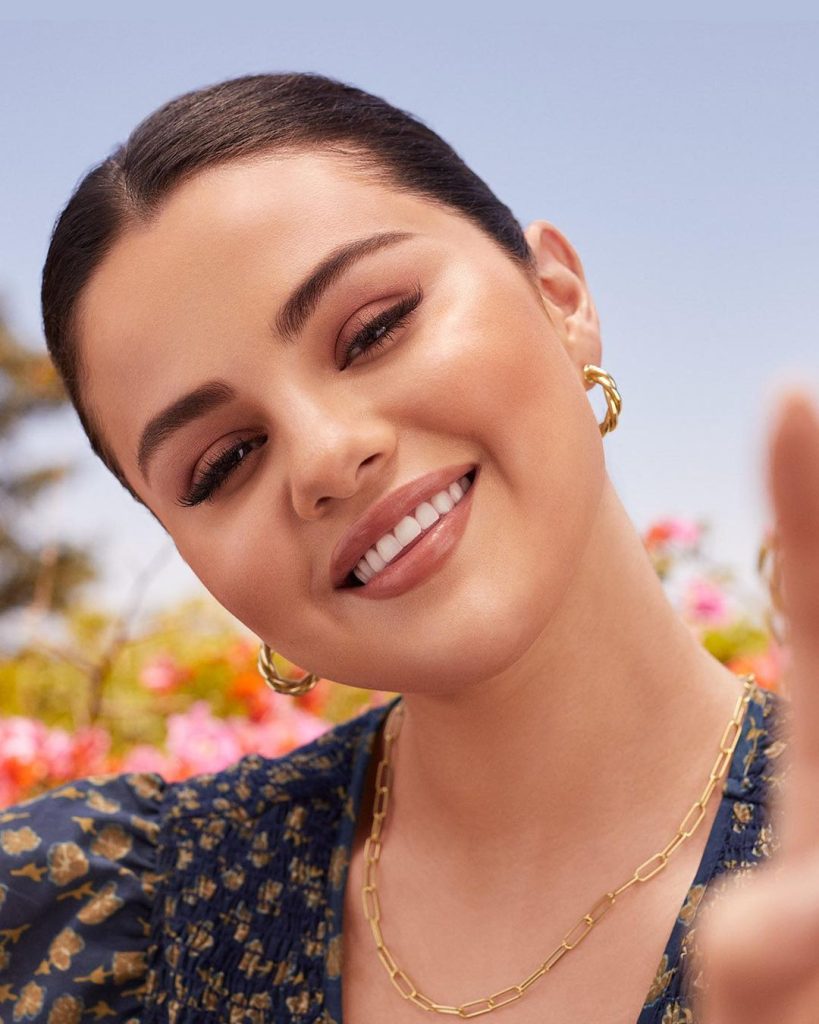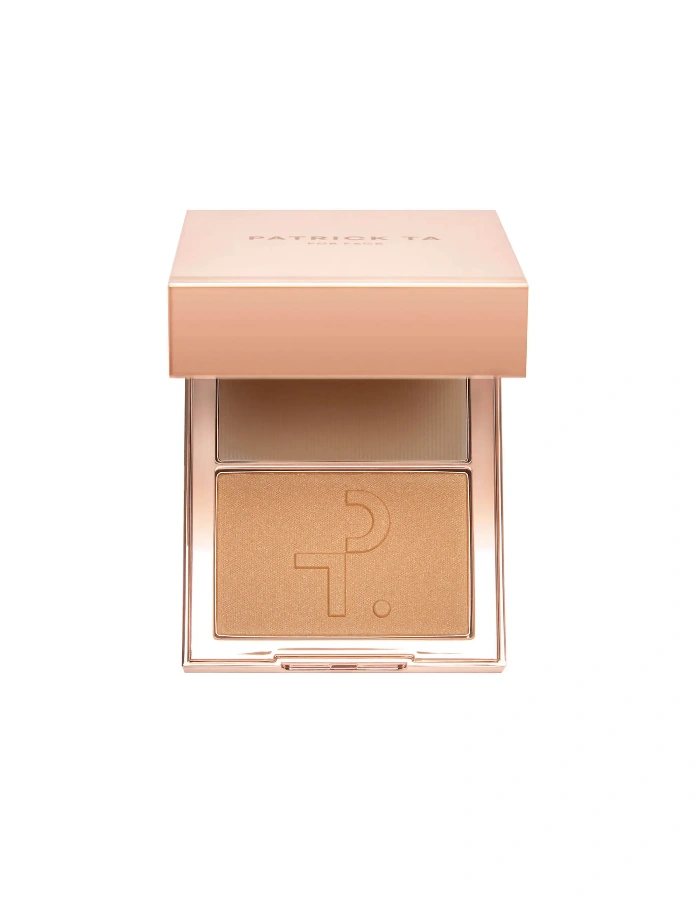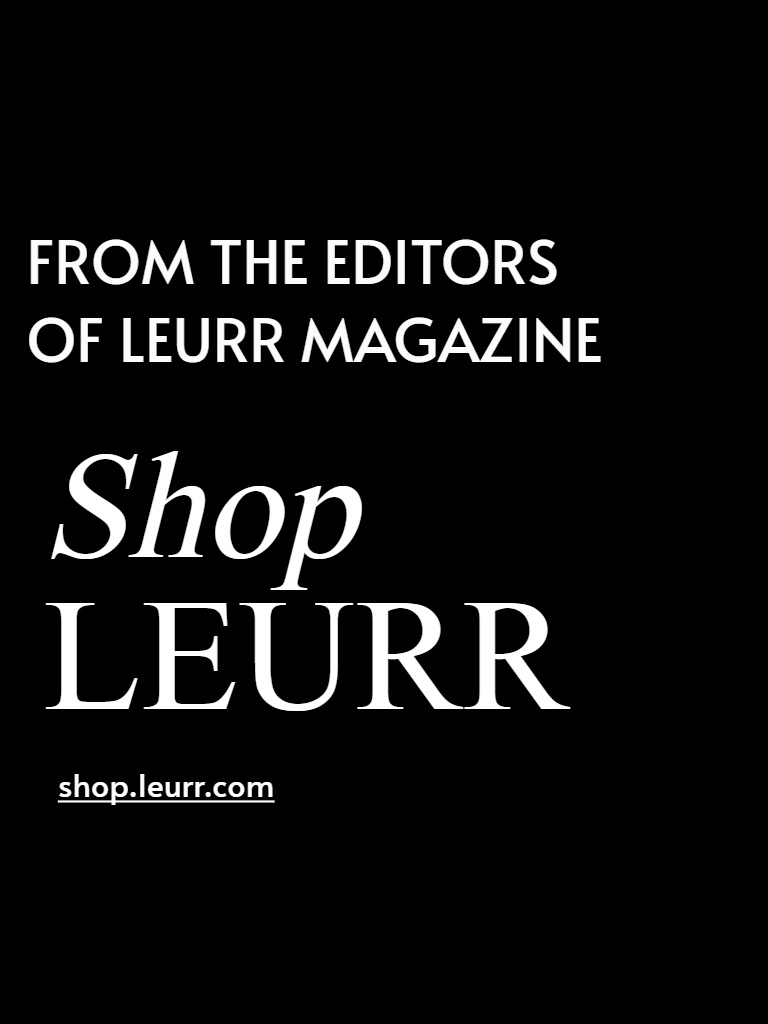Understanding contour and bronzer is crucial for achieving a sun-kissed, sculpted complexion in makeup. For years, bronzing and contouring techniques have been a go-to makeup trend. And while they may appear similar, they serve different purposes and techniques.

What is Bronzer?
Bronzer, a liquid, cream, or powder product, gives the skin warmth, glow and a sun-kissed tint. Popular matte bronzers have shimmery or radiant finishes for added glow.
It comes in a variety of hues with a yellow, olive, golden, or red undertone and is usually placed where the sun naturally shines on the face. Applying it to cheekbones, temples, jawline, and nose can help sculpt and add dimension to your face.
What is Contour?
Contour is a versatile cosmetic used for sculpting and shaping the face, often paired with highlighter for extra contrast. It can be a liquid, cream, or powder product, mimicking natural shadows and creating an illusion of a more sculpted face. They are neutral or cool-toned and almost always have a matte finish.
It should be applied carefully to shape and clarify face features, such as sharper cheekbones or a defined nose. By using contouring, you can define the face’s structure, expand dimension, and accentuate the shape, achieving desired results.
Difference Between Bronzer and Contour
Bronzer and contour are makeup products with different hues and effects. Bronzer adds color, while contour creates shadows and dimension. They can be combined with highlighter for enhanced shadows. Both cool-toned and warmed-toned products can be used to add color and dimension.
Bronzer adds warmth and mimics natural sun exposure, while contour is used for definition and sculpting. Bronzers come in matte and radiant finishes, while contouring products have a matte finish. Contour colors are cooler-toned and appear gray-purple for fairer skin tones.
Can Bronzer Be Used as Contour?
Bronzer can be used as contouring, but it’s important to choose a bronzer with neutral tones to avoid graying on certain skin tones. Cool-toned contour powders and creams may appear gray, so choose a suitable option.
Where to Apply Bronzer
Applying bronzer is a simple process that involves blending shades deeper than your skin tone into the skin and upwards into the hairline. Use a large fluffy brush to sweep across the high points of the face where you naturally catch the sun such as the temples of your forehead, tops of your cheekbones, chin, and nose. Also apply around the hairline, just above the jawline, down the neck, and onto the chest.
Bronzer provides a quick, natural makeup look; when using it, keep your overall makeup goals in mind.
Where to Apply Contour
Contour has a slightly different application procedure than bronzer; however, it can be worn alongside it. It is applied underneath the bronzer base, concentrating on the cheekbones, jawline, nose, and forehead for a sculpted effect. While sucking in the cheeks, apply vertical stripes to the designated area.
Tip💡
To highlight the contour effect, apply concealer under the eyes, then loose powder, and let sit for five to 10 minutes to create a natural contour contrast.
How to Apply Bronzer
For applying contour and bronzer, especially where the sun would naturally shine, applying the product correctly is essential. Apply it to the hairline, sides of the forehead, tops of the cheeks, and bridge of the nose.
Step 1: Apply powder bronzer to cheekbones using a fluffy brush, or cream bronzer with a stippling brush.
Step 2: Apply bronzer to forehead, blending it into your hairline. Avoid missing patches or blotchiness by blending it into hair.
Step 3: Apply bronzer to jawline and neck using a fluffy brush to avoid makeup demarcation line.
Step 4: Apply bronzer to nose using brush for a post-vacation glow.

Sun Stalk’r Instant Warmth Bronzer

NUDESTIX
NUDIES MATTE All Over Face Bronze Color
How to contour
Contouring techniques vary depending on the face’s appearance. To avoid graying, use neutral-toned bronzer powder for cool-toned products. For dry skin or a more natural, easier-to-manage formula, a cream formula is recommended. Contouring should be done accurately, taking into account the shape and features of the face, and positioned in specified regions. It is critical to avoid using cool-toned contours such as bronzers all over the face.
Choose a shade for a natural effect by going a shade or two darker than your bronzer, at least two shades darker than your natural skin tone.
Step 1: To create a flattering contour, start at your ears and work your way up to your pupils. Use a smaller, dense makeup brush for powder contours, and blend with a makeup sponge or stippling brush for cream contours or darker concealers. This will create a more sculpted-looking bone structure.
Step 2: Apply product to jawline, blend out, and contour for slimming face shape.
Step 3: Your nose’s shape and appearance can be drastically changed by contouring it. Depending on the desired result, there is no right or incorrect strategy. Place two contour lines in the middle of your nose, paying particular attention to how close together they are. To draw attention to shadows within the lines, lightly apply concealer.

PATRICK TA Major Sculpt Crème Contour & Powder Bronzer Duo

Westman Atelier Face Trace Contour Stick


